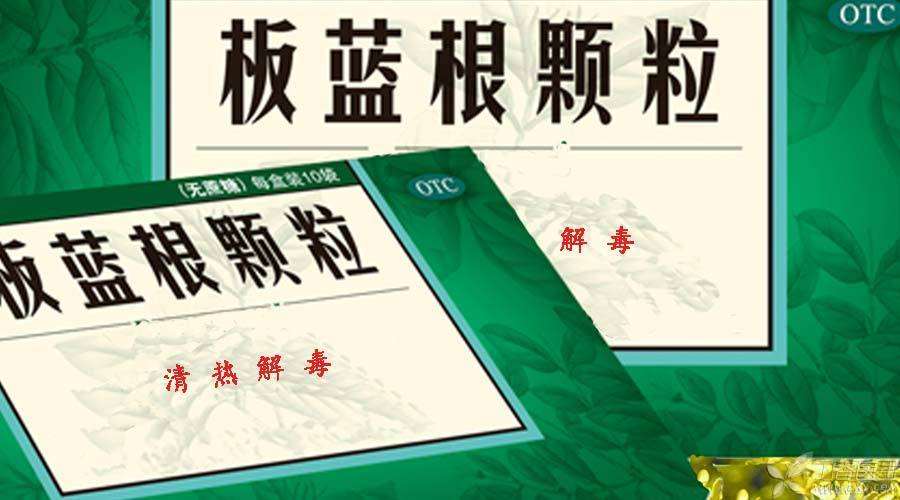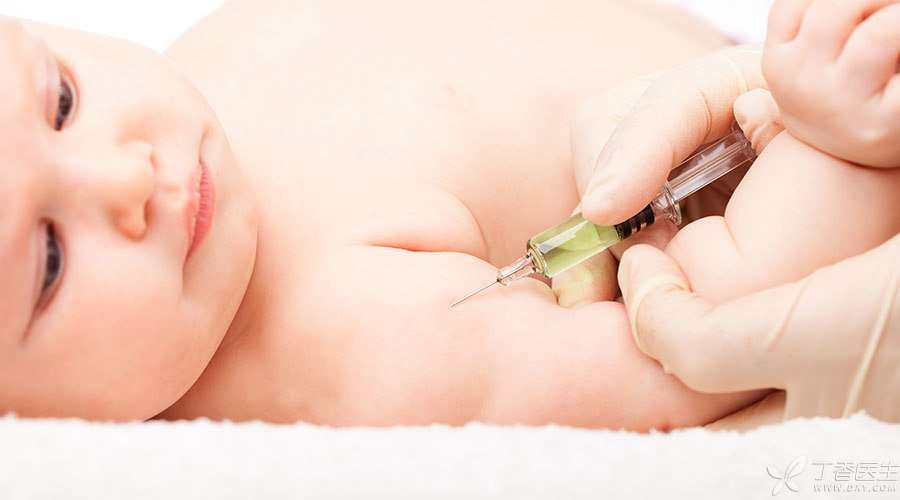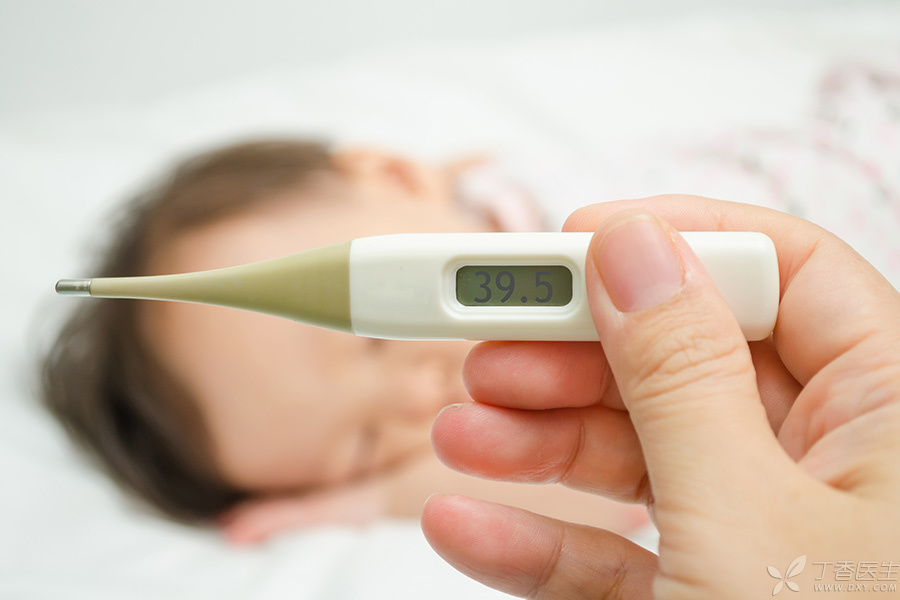Although the flu is fierce, it is not terrible. If the flu is prevented and treated in the wrong way, it will really pit the baby.
Clove mother took stock of the more common ways to prevent influenza, and found that there were only three ways to really prevent influenza.
Drink plenty of water, isatis root, vitamin C, vinegar smoke… these methods do not prevent influenza

1. If you don’t drink water for 10 minutes, you will get flu? Fake!
Although drinking more water is good for the body, drinking water really has no preventive effect on influenza.
This kind of rumor will only aggravate anxiety. It can’t be reminded every 10 minutes by an alarm clock on the mobile phone. It is not credible.
2. Can vitamin C prevent colds? Fake!
Some studies have shown that long-term use of vitamin C supplements may shorten the course of colds or relieve symptoms. However, neither stuttering oranges nor taking vitamin C supplements orally has the effect of preventing or treating colds.
3. Vinegar fumigation can kill bacteria? Fake!
Fumigated vinegar will not play an obvious role in disinfection and sterilization. Fumigated vinegar will also stimulate respiratory tract mucosa. For sensitive children, the elderly and people with a history of asthma, it is likely to induce respiratory diseases.
4. Prevention of antiviral drugs such as Radix Isatidis? Fake!
Many parents and even kindergartens will give their children oral antiviral drugs, spray oral disinfectant and so on to prevent influenza, but you should know that these methods are ineffective for influenza and colds. There is no magic drug to prevent influenza virus in the world, so don’t give children drugs to prevent it easily.
Children taking too much isatis root will cause gastrointestinal function damage, while [ribavirin] (also called ribavirin) is ineffective against influenza! There are also side effects of hemolytic anemia!
These are the only three measures that can really prevent influenza.

1. Influenza vaccination
This is the most effective means of prevention.
Babies over 6 months old can start to be vaccinated with influenza vaccine. When children under 8 years old are vaccinated for the first time, the protective effect of vaccination with 2 doses (the interval between 2 doses should be ≥ 4 weeks) is better than that of vaccination with 1 dose. As the influenza virus is different every year, it is recommended to vaccinate children and even adults every year.
Studies have shown that although influenza vaccines cannot prevent influenza 100%, even if they are still unfortunate, vaccination can reduce influenza symptoms and reduce the risk of hospitalization for serious complications in high-risk groups such as children and patients with chronic diseases.
It should be noted that protection will take about 7-10 days after vaccination, during which time contact with influenza patients should be avoided.
2. During the flu season, less people go to densely populated areas.
Influenza is mainly spread through air droplets. Cough, sneeze and secretions and droplets discharged from conversation can be transmitted normally. Therefore, during the period of high incidence of influenza, try not to take children to places with crowded people and dirty air, such as shopping malls and amusement parks on holidays. When you have to go, you’d better wear masks.
3. Wash hands frequently and absorb more
The method of washing hands is of course very important, but it is also necessary to grasp the timing of washing hands. Under what circumstances do you need to wash your hands? After going to the toilet; Before eating; After touching pets; After coughing, sneezing and blowing your nose after returning from going out (from kindergarten and playing outside).
Children suspected of influenza, can do this

If the child often only shows sneezing and runny nose, and it is good and bad, this time it may be the common cold, not the flu.
If you have the following flu characteristics, you should actively seek medical treatment and make a definite diagnosis:
- The onset of the disease is urgent, with a sudden high fever within 24 hours, which can reach above 39 ℃. It is difficult to reduce the fever by taking antipyretic drugs. Children are in poor condition, headache, body pain and fatigue, and infants are manifested as listlessness or abnormal dysphoria. There may be gastrointestinal symptoms such as vomiting and diarrhea. Other family members or kindergartens have suspected flu patients.
If the child has developed the above suspected flu symptoms, it is suggested that:
1. Go to the hospital for rapid flu detection to determine the flu.
Examination is carried out by detecting nasopharyngeal secretions, not blood tests.
The sensitivity of influenza detection is very high (it is influenza and is detected), which can reach 70 ~ 80%, and the diagnosis can be confirmed if it is positive.
2. Oral oseltamivir antiviral therapy
Oral oseltamivir is currently the first choice for the treatment of seasonal influenza in children, which is safe and effective.
FDA (U.S. Food and Drug Administration) has approved oseltamivir for the treatment and prevention of influenza in children over 1 year old.
It is suggested that oseltamivir should be taken within 48 hours of possible exposure to influenza virus, and should be taken continuously until 7-10 days after the last exposure.
3. Don’t leave children with other antiviral drugs or antibiotics without authorization.
Only oseltamivir can treat influenza virus, only oseltamivir can treat influenza virus, only oseltamivir can treat influenza virus
Say the important thing three times.
Don’t give your child drugs without authorization, it can’t treat flu, and it will also cause harm to your child’s body.
It is hoped that parents, while enjoying parent-child time with their children, will not relax their vigilance and take their children to crowded closed indoor places as little as possible.
References:
Guidelines for Clinical Medication by Chinese Physicians and Pharmacists. 2nd Edition, 2014. Expert Committee on Rational Drug Use, Ministry of Health. Respiratory Group, Pediatrics Branch, Chinese Medical Association. < < Expert Consensus on Diagnosis and Treatment of Influenza in Children > > [J] Technical Guidelines for Application of Seasonal Influenza Vaccines in China (2014 ~ 2015)
< < Technical Guidelines for Application of Seasonal Influenza Vaccines in China (2014-2015) > > Update
Http://www.cdc.gov/flu/about/season/vaccine-selection.htm
